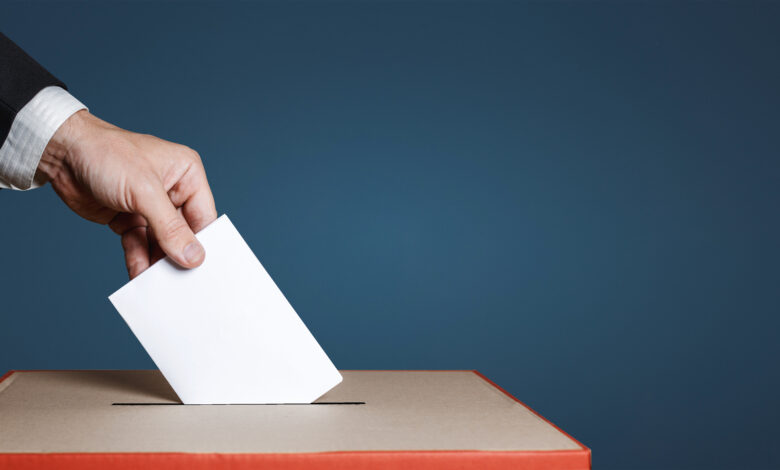The politics of education
Education is becoming ever more political in the lead-up to the October election. With low attendance, strikes and high burnout, it’s clear the industry needs help – but what policies do educators really want?

Have your say on what policies you’d like to see in education at our survey, below.
In recent months, education is being increasingly thrust into the public eye. It’s become a prominent talking point among politicians, and the issue of our schools are regularly making headlines – perhaps unsurprisingly as we’re now well into an election year.
Read the Term 1 edition of School News HERE.
The COVID-19 pandemic has had far reaching impacts which are still being felt; education was among the sectors which were particularly hard hit, during an already turbulent time. Changes to the curriculum are being rolled-out against a backdrop of staff-shortages and increasing mental-health needs in our ākonga. Online learning was being simultaneously developed and delivered, leading to a widening achievement gap often falling along lines of deprivation. Teachers and principals are being asked to do more for less, taking on increased duties to deal with the fall-out; feeling unheard, members of PPTA are currently taking industrial action, and NZEI Te Riu Roa members are looking to follow suit. Meanwhile a cost-of-living crisis is exacerbating existing barriers to accessing education, like access to transport and electronic devices.
The latest hot button issue that’s emerging is attendance, as the latest attendance statistics from the Ministry of Education show a worrying downward trend. In response, the Attendance and Engagement strategy was released last year, outlining action plans to get attendance back to pre-pandemic levels: 70% “regular attendance”, defined as a student attending school 90% of the time. This target was criticised by National for being too low, saying the targets would accept “a level of educational inequality that will mean too many children are unable to reach their full potential.”
Other recent criticisms have included the poor quality of attendance data and its slow publication, with both ACT and National stating they would require schools to submit data to the Ministry of Education on a more regular and rigorous basis. Yet others have directed their attention to the Attendance Service, which has been redesigned several times in the last few decades to try reverse the trend toward truancy.
Around this time last year, the Education and Workforce Committee released the findings of their inquiry into school attendance. They found factors such as housing affordability and transience, family violence, poverty, mental health issues and unmet learning needs contributed to low attendance rates. Attendance rates were also affected by school environments; 20 percent of respondents said schools were not inclusive of Māori and Pacific tauira. Māori and Pacific students are overrepresented in truancy statistics.
The report recommended an “all-of-government” approach to these issues, especially to address wider societal causes like housing and food insecurity. Yet there’s no denying that this year, as in previous election years, education is likely to become a significant policy area with which parties can hope to garner votes.
Of course, what happens in education significantly impacts other areas of society, such as the workforce, which in turn impacts areas such as the economy. It’s partly a recognition of education’s importance that education policies are so widely debated. However, in the wider debate, it can sometimes feel like educators themselves are heard last. So we want to know your opinion: what does education really need, and how can we fix it?









